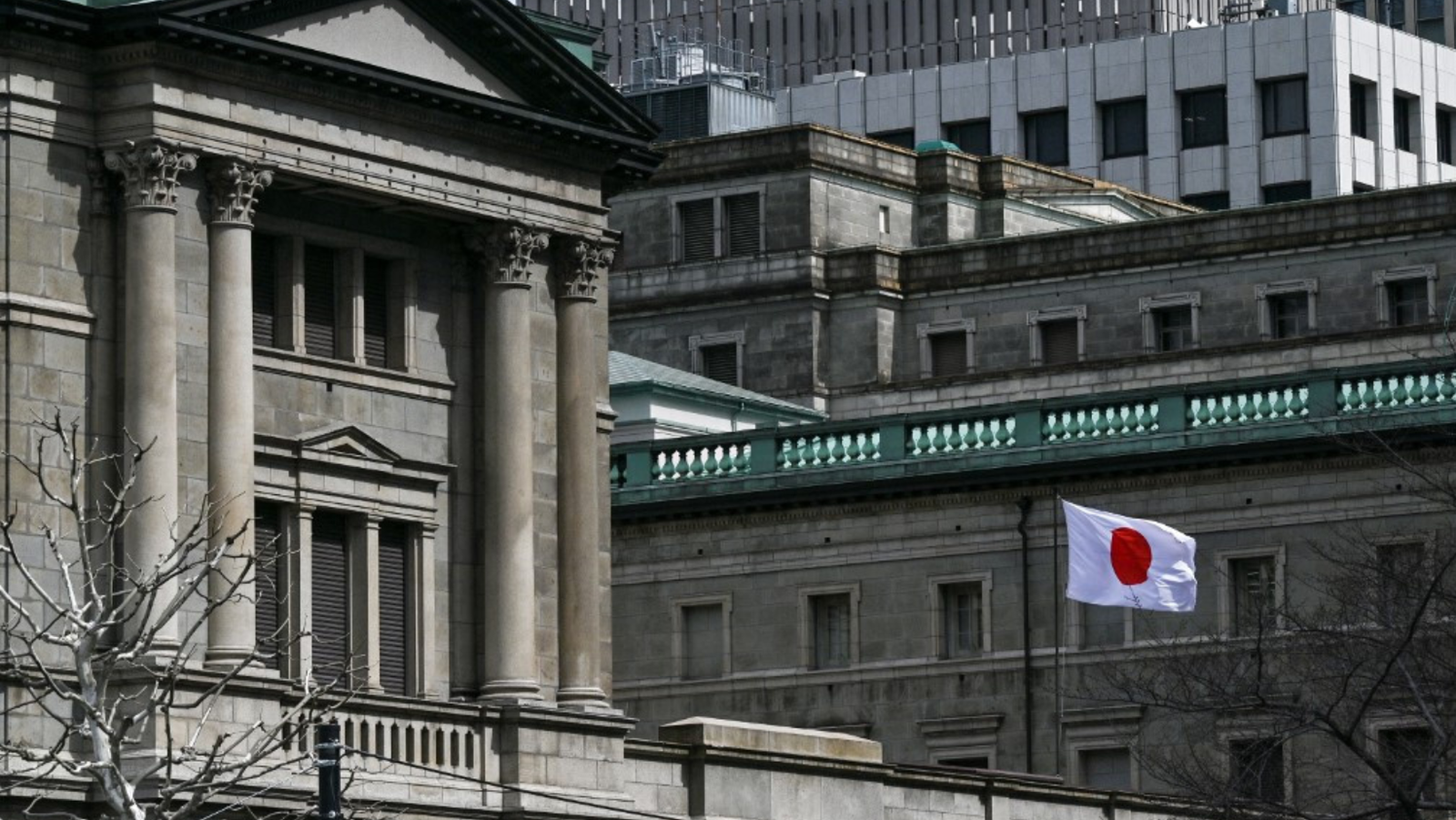- Bank of Japan ends 17-year negative interest rate policy.
- Shifts short-term rate from -0.1% to 0-0.1%.
- Ceases yield curve control on bonds and asset purchases.
- Decision influenced by wage-price dynamics and inflation targets.
- Move aimed at balancing economic stimulation with debt servicing.
- Implications on borrowing costs and national debt.
- Prioritizes sustainable inflation growth and market stability.
- Positive indicators prompt confidence in Japan’s economic outlook.
- Caution exercised to prevent market destabilization.
- BoJ’s decision backed by Japanese leadership, ensuring trust and continuity.
Unprecedented Changes in Japan’s Central Bank Policy :
In a landmark move, the Bank of Japan (BoJ) recently announced the end of its negative interest rate policy, signalling a historic shift in its monetary approach.
Policy Reversal After 17 Years :
After 17 years of negative interest rates, the BoJ decided to change its short-term policy rate from -0.1 percent to a range between zero and 0.1 percent.
Economic Analysis and Policy Change :
The decision to change the interest rate policy was based on an analysis of the wage-price relationship. The Bank of Japan believes it is possible to attain the aim of two percent price stability in a sustainable manner by the end of the projection period.
Effects of Unconventional Policies :
Additionally, the BoJ announced the termination of other unorthodox policies, including its yield curve management program on bonds and the purchase of risk assets including exchange-traded funds (ETFs) and Japan real estate investment trusts (J-REITs).
Global context and historical precedents :
While central banks around the world hiked interest rates to battle inflation following geopolitical events such as Russia’s invasion of Ukraine in 2022, Japan’s particular economic issues, characterised by chronic stagnation and deflation, needed a different strategy.
Implications for Borrowers and Debt Servicing :
The rate hike is likely to raise borrowing rates for individuals and businesses, affecting Japan’s national debt servicing, which is among the highest in the world at over 260 percent of national output.
stimulating economic activity :
Negative interest rates were designed to encourage banks to lend to businesses, so boosting economic development and inflation. However, the approach depreciated the yen versus the dollar, which increased import expenses.
Balancing Act for Sustainable Inflation :
Despite steady inflation around the two percent objective, the BoJ has refrained from raising its negative interest rate until now, looking for signs of a sustained economic cycle driven by rising wages and demand-led inflation.
Positive Signals and Market Reaction :
Recent events, such as considerable wage increases and sustained inflation, have indicated a favourable atmosphere for moving away from negative interest rates. Analysts from Moody’s Analytics voiced confidence in Japan’s capacity to maintain inflation.
Considerations and Potential Risks :
While the decision to abandon negative interest rates was applauded, there are concerns about potential market destabilisation if the change occurs too quickly. A cautious strategy is required to avoid an excessive capital inflow into Japanese assets.
Trust in the BoJ’s decision-making :
The stated support for the BoJ’s decision from Japanese Prime Minister Fumio Kishida’s camp demonstrates trust in the central bank’s ability to properly manage monetary policy.
Futures Perspectives and Market Dynamics :
As Japan navigates this watershed moment in monetary policy, future developments will be widely studied for their influence on economic growth, inflation, and financial market stability.

